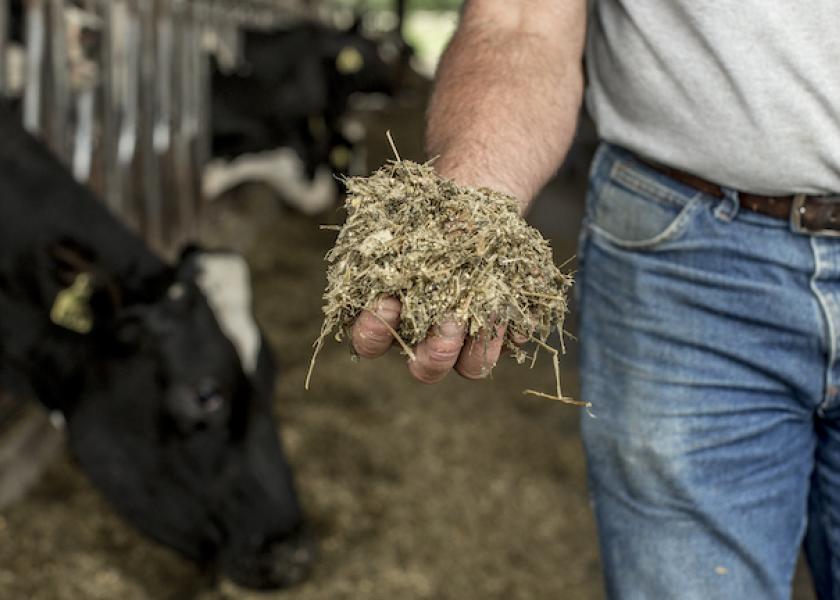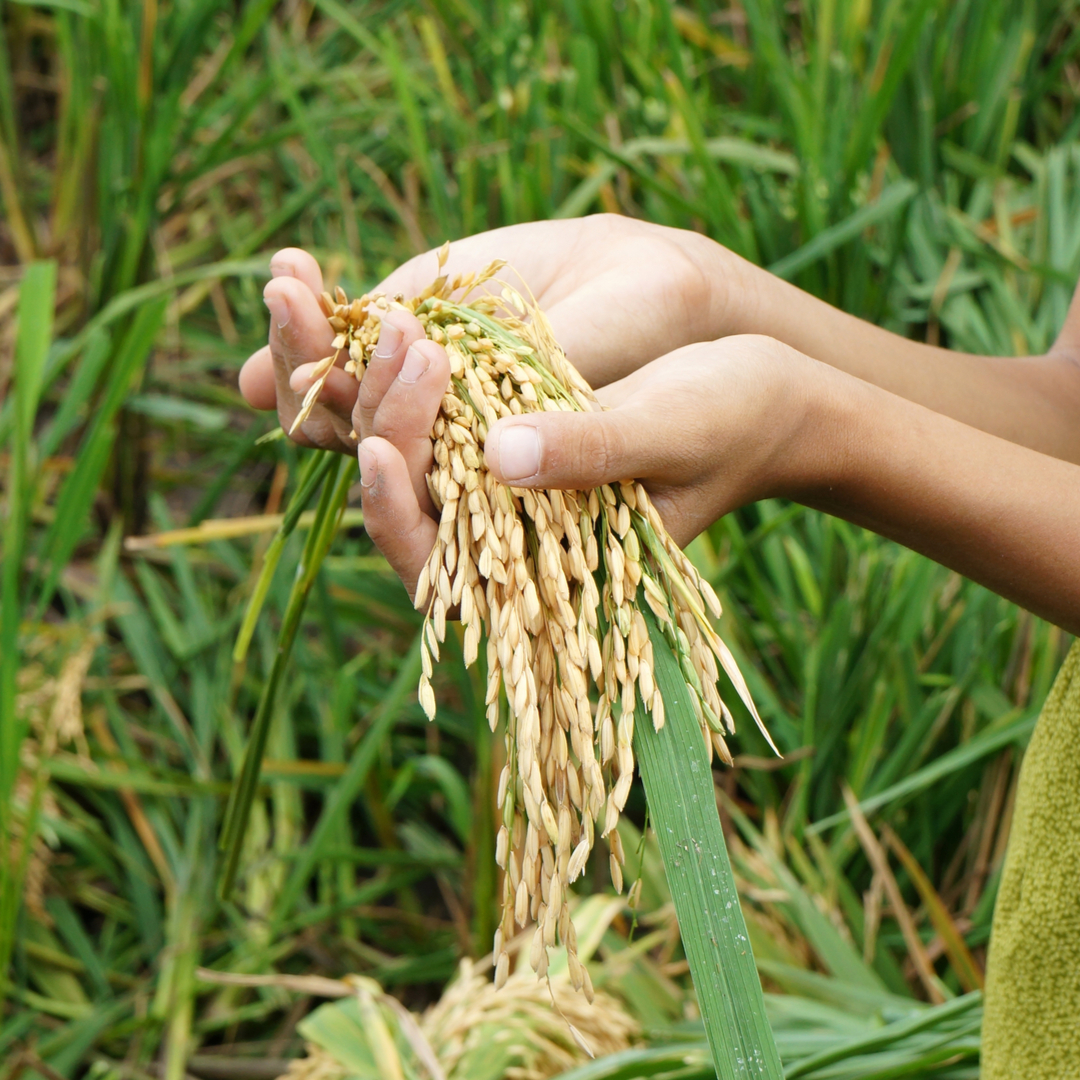Climate-Smart Crop Rotation For Soil Health And Resilience
Crop rotation is a vital component of organic farming. It plays a crucial role in maintaining soil fertility, preventing plant diseases, and boosting overall crop yield. In this article, we will delve deeper into the concept of crop rotation, its benefits, and how it can be implemented effectively in organic farming practices.
First and foremost, let's understand what crop rotation actually means. It is a practice where different crops are grown on the same piece of land over a sequence of seasons or years. Instead of continuously cultivating the same crop year after year, farmers rotate the types of crops they grow in a particular area.
Implementing crop rotation has several advantages. One of the primary benefits is the improvement of soil fertility. Different crops have varying nutrient requirements. Continuously growing the same crop in one area can deplete specific nutrients from the soil. However, by alternating crops, the soil can replenish its nutrient content naturally, as different plants have diverse nutrient needs. This promotes healthier and more productive soil, which ultimately leads to higher crop yields.
Another advantage of crop rotation is its ability to suppress plant diseases and pests. Some diseases and pests have a specific host plant that they rely on for survival. By changing the crop type, farmers can effectively interrupt the life cycle of these harmful organisms. This reduces the risk of disease outbreaks and diminishes the need for pesticides, which aligns perfectly with organic farming principles.
Additionally, crop rotation can help in weed control. Different crops possess distinct root structures, growth habits, and canopy formations. By alternating crops, farmers can disrupt weed growth patterns and reduce the intensity of weed infestations. This, in turn, reduces the competition for resources between crops and weeds, leading to better yields for the desired crops.
Now that we have explored the benefits of crop rotation, let's delve into some ideas for implementing it effectively in organic farming practices. Firstly, it is crucial to develop a rotation plan that takes into consideration the specific crops you intend to grow, their nutrient requirements, and their compatibility with one another. For example, leguminous plants can fix atmospheric nitrogen and enrich the soil for subsequent crops. Strategically placing these nitrogen-fixing crops in the rotation can significantly boost soil fertility without the need for synthetic fertilizers.
Another key aspect of implementing crop rotation is diversifying the crop types. Growing a wide range of crops helps in maximizing the benefits of rotation. Different plants have varying root structures, which can improve soil structure and water-holding capacity. Moreover, diverse crops attract a wider range of beneficial insects, which can aid in pest control without relying on harmful pesticides.
To ensure the effectiveness of crop rotation, it is essential to implement a well-thought-out schedule. Timing is crucial when it comes to crop rotation. Different crops have different growth rates and nutrient requirements. Planning the sequence of crops to ensure that they complement each other and promote soil health is vital. Additionally, keep in mind the length of time required for the decomposition of crop residues and the control of weed seeds. Adequate time intervals between rotations aid in avoiding the carryover of diseases or pests.
In organic farming, it is crucial to follow certain recommendations to optimize the benefits of crop rotation. Firstly, practicing proper field hygiene is essential. This involves removing crop residues and weeds from the field before planting the next crop. By removing potential sources of disease and pest infestations, farmers can reduce the risk of crop damage and maximize yields.
Furthermore, incorporating cover crops into the rotation can prove highly beneficial. Cover crops, such as rye, clover, or vetch, can improve soil structure, prevent erosion, and add organic matter to the soil. They also serve as an effective weed control measure by outcompeting the weeds for nutrients, sunlight, and water.
Another recommendation for successful crop rotation is to consider the ecological requirements of each crop. Some crops are more suited to certain soil types, moisture levels, or climatic conditions. By aligning the crop selection with the specific ecological requirements of the field, farmers can maximize the chances of success and optimize the benefits of crop rotation.
Moving on to a listicle of crops that are commonly used in crop rotation, we have compiled a list of diverse crops that can serve as excellent options for rotation. Incorporating these crops into your rotation plan can significantly enhance soil health, prevent diseases, and improve overall crop productivity. Here are some of the crops to consider:
- Corn
- Wheat
- Soybeans
- Barley
- Peas
- Alfalfa
- Spinach
- Pumpkins
- Radishes
- Oats
These crops have distinct characteristics and nutrient requirements, making them excellent choices for rotation. Their inclusion in the rotation plan can ensure a healthy balance of nutrients in the soil and effectively manage pests and diseases.
Now, let's move on to some commonly asked questions about crop rotation.
Question & Answer
Q: How long should a crop rotation cycle be?
A: The duration of a crop rotation cycle depends on various factors such as the specific crops being grown, soil conditions, and climate. In general, a rotation cycle of three to five years is considered effective.
Q: Can crop rotation be practiced on a small scale?
A: Absolutely! Crop rotation can be implemented on any scale, from small backyard gardens to large agricultural fields. The principles and benefits remain the same regardless of the size of the farming operation.
Q: Does crop rotation eliminate the need for fertilizers?
A: While crop rotation can significantly reduce the dependency on synthetic fertilizers, it does not eliminate the need for fertilization altogether. Organic matter and crop residues contribute to nutrient availability, but additional fertilizers may still be required based on the specific nutrient requirements of the crops being grown.
Q: Can crop rotation help reduce plant diseases?
A: Yes, crop rotation is an effective strategy for managing plant diseases. By interrupting the life cycle of disease-causing agents and removing potential hosts, farmers can minimize the risk of disease outbreaks and maintain healthier crops.
Q: Are there any specific crops that are not suitable for crop rotation?
A: While most crops can be included in a rotation plan, some crops have specific characteristics or requirements that may not make them ideal candidates for rotation. It is important to consider the compatibility of crops, their nutrient requirements, and potential risk factors before including them in the rotation.
To summarize, crop rotation is an important component of organic farming. It promotes soil fertility, suppresses diseases and pests, and improves overall crop yield. By implementing an effective rotation plan, diversifying crop types, and following recommended practices, farmers can maximize the benefits of crop rotation and achieve sustainable agricultural practices.




Post a Comment for "Climate-Smart Crop Rotation For Soil Health And Resilience"